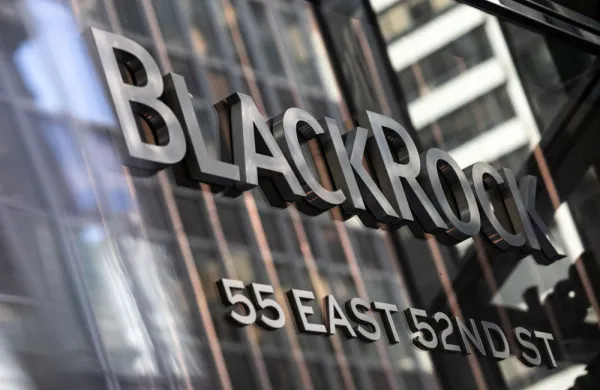Private equity firm Audax Group announced Thursday that it has closed a deal to buy one of its own funds with the help of fellow investment firms AlpInvest Partners, Lexington Partners, and Hamilton Lane.
Audax has closed what is called a continuation fund — a transaction that allows a private investment firm to hold onto portfolio assets for longer so they can have time to fully realize returns.
Here’s how it works: a private investment firm sets up a new fund, then uses it to acquire the assets it already held in a separate fund. Existing investors are given the option to cash out or roll their stake into the new fund, while new investors are solicited to make cash contributions, giving the existing investors the liquidity necessary to leave.
According to Andrew Rearick, international counsel at law firm Debevoise and Plimpton, continuation funds are a “win-win-win situation,” which is likely why they’ve grown in popularity in recent years. He noted that in the second half of 2020 alone, the law firm advised on several continuation funds that were worth at least $1 billion.
In the case of Audax, the firm managed to snag $1.7 billion in capital commitments for portfolio companies held in its fourth fund, which has a vintage year of 2012 and $1.25 billion in capital commitments.
“Oftentimes what’s attractive about these deals is that there’s a mismatch between the tenure of the funds and the remaining lifecycle of the assets,” said Michael Hacker, a managing director at AlpInvest, who worked on the Audax deal, by phone. “We’re able to create value rather than pushing them out of the portfolio.”
Rearick, who also spoke with Institutional Investor by phone, echoed that sentiment: “The GP can stay with an asset and reset its economics. Secondaries investors can gain exposure to assets that they want in a slightly different way to traditional investing.”
Technically secondaries transactions, continuation funds are quite different from a typical secondaries deal, in which one LP buys another’s stake in a private equity fund, with little involvement on the part of the private equity firm. In Rearick’s words, continuation funds allow a secondary buyer to have “direct conversation” with the private equity firm to validate the purchase price.
“If you were to buy these on the secondary market, you’ll get less efficient execution,” said Hacker. “These assets may need additional capital and don’t have it.”
The involvement of a GP can result in more complexity. In continuation funds, fee structures are more specific and detailed than typical private equity funds. For instance, waterfalls — the method by which returns are distributed among limited and general partners — are structured to include different rates of carried interest at different hurdles, Rearick said.
“While they're complex and take time to structure, the end result is fairly straightforward,” Hacker said.
[II Deep Dive: These Are the Most Popular Private Equity Funds in the Secondary Market]
AlpInvest has been active in the continuation fund market and worked on a similar deal to restructure private equity firm Kinderhook Industries’ third fund in a deal that was announced in September 2020.
“They are value-maximizing transactions,” Hacker said. “That's why we pursue them.”
Spokespeople for Audax, Hamilton Lane, and Lexington Partners declined to comment.
This story has been updated to correct the last name of Andrew Rearick. Institutional Investor regrets the error.







